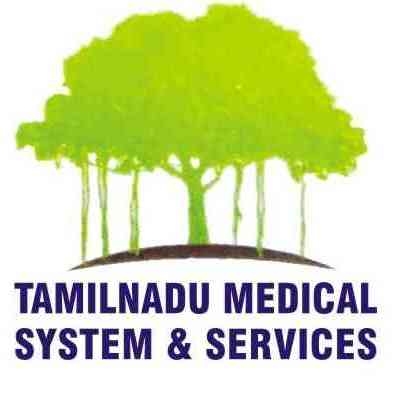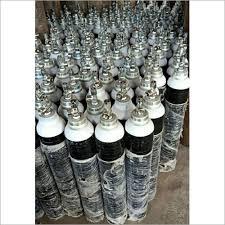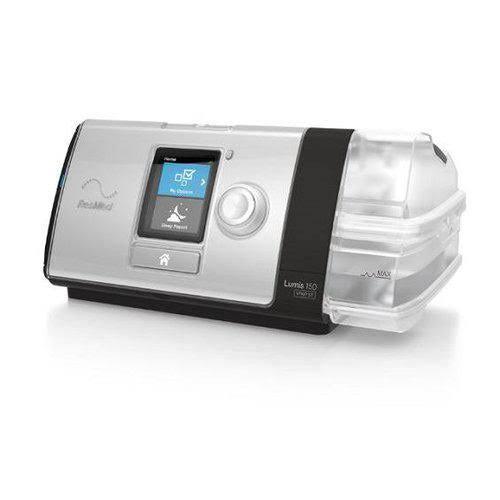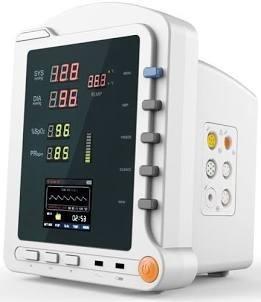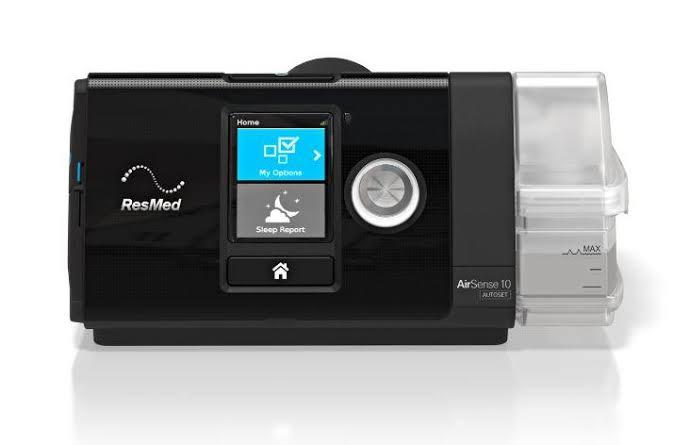Tamilnadu Medical System and Services is leading medical equipment supplies in Chennai. A medical oxygen cylinder is a container designed to store and transport compressed medical-grade oxygen. Oxygen cylinders are commonly used in healthcare settings, at home, and in emergency situations to provide supplemental oxygen to individuals with breathing difficulties or low blood oxygen levels due to various medical conditions. Key features and information about medical oxygen cylinders include: Oxygen Purity: Medical oxygen cylinders contain oxygen that has been purified to a high degree, typically around 99.5% or higher, to ensure that the delivered oxygen is safe for medical use. Pressure and Capacity: Oxygen cylinders are filled with compressed oxygen gas, which is stored under high pressure. The pressure within the cylinder allows a significant amount of oxygen to be stored in a relatively small container. Cylinder sizes vary, and they are often identified by letters (e.g., "E," "M," "H," etc.), indicating their capacity and size. Regulator: To safely use the oxygen from a medical cylinder, a regulator is attached to the cylinder valve. The regulator reduces the high pressure inside the cylinder to a safe and adjustable flow rate that can be delivered to the patient through a mask or nasal cannula. Flow Rate: The flow rate is the rate at which oxygen is delivered to the patient. It is typically measured in liters per minute (LPM) and is prescribed by a healthcare professional based on the patient's oxygen requirements. Prescription: The use of medical oxygen cylinders requires a prescription from a healthcare provider. The prescription specifies the flow rate, duration of use, and other necessary details. Home Oxygen Therapy: Medical oxygen cylinders are sometimes used as part of home oxygen therapy. Individuals with chronic obstructive pulmonary disease (COPD), respiratory disorders, or other conditions that lead to low blood oxygen levels might require supplemental oxygen to improve their quality of life. Emergency Use: Oxygen cylinders are also used in emergency situations, such as in ambulances or during first aid, to provide immediate oxygen support to patients in critical condition. Handling and Safety: Oxygen cylinders must be handled and stored with care due to the high pressure of the stored gas. They should be stored in well-ventilated areas away from heat sources and open flames. Proper training is necessary for safe handling, and users should be aware of the risks associated with oxygen use, such as fire hazards.
